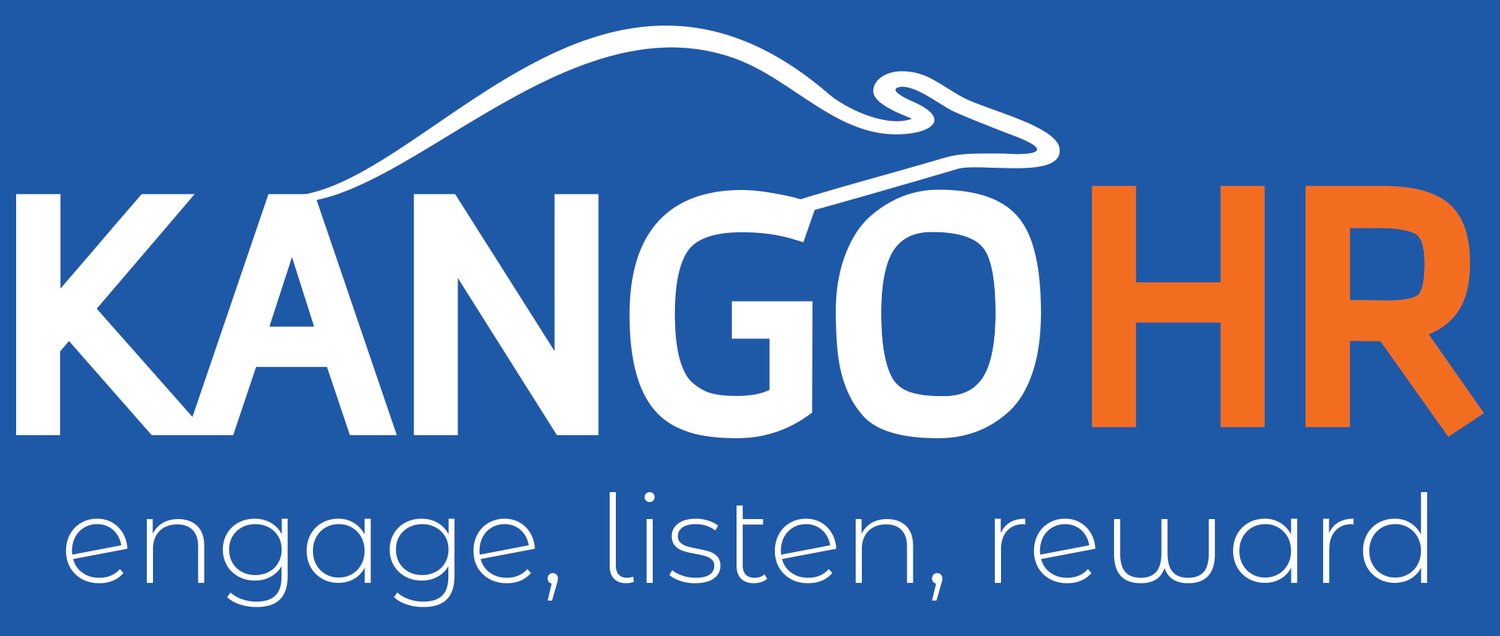Quiet Quitting vs Loud Quitting. Choosing Sides
Let's stop the debate about Quiet Vs Loud Quitting. Retention is the real discussion.
30 Second Summary
Goal: Quiet & loud quitting are trends HR is trying to stop
Quiet quitting is a recent phenomenon where an employee does only the bare minimum and not the cliched 110% that some managers believe is required. Loud quitting is quite well-known. Going out in a blaze of glory is what many people remember it as.
No matter the method; quitting is quitting. We all know you need to offer rewards to employees for excellent work. Today you may need to reward employees for using their rewards. It may seem unusual. But if you do it, you may create a stronger bond with them.
Rewards are great no matter how big or small they are. Employees who understand their impact at work are less likely to quit
Organizations that encourage employees to give recognition and awards are more likely to have satisfied employees. People are unlikely to leave an organization where they feel appreciated so make them feel so.
Let's look at this in more detail.
July is my favorite month of the year. It offers a nice balance between being the loudest and the quietest month. It’s the loudest as a result of July 4th. It’s also the quietest because people are away, emails aren't replied to before I am done hitting send, and the east coast summer vibe feels right.
It's fitting that a different type of quitting is peaking during the quietest time of the year, loud quitting. Loud quitting is not something new. The term used before now was "going out in a blaze of glory". Many of us remember the story of the former attendant for Jet Blue Airlines in the U.S. who quit in a very public manner. Issues like this impact morale in two ways. Your unhappy employees see it as proof they are right and your unhappy employees see it as a warning that something is wrong. Bad morale is the first step toward quitting,
Reward when employees use benefits - let's say you have a company where employees aren't using their personal time off. You don't want that since it will result in burnout. The utilization rate of personal time off (PTO) is very low. When the HR leadership came to us to discuss ways to discuss potential employee burnout, we came up with a mechanism to reward the values and behavior HR sought to maintain long-term growth and sustainability of employee well-being.
Now the employees who utilize PTO also receive a reward. This program is less about recognition and more about creating double incentives to take care of yourself. Employees then use the rewards for continuous learning, something they need, or to pay back their credit cards after their vacation. Humor aside, sometimes engagement only increases with two tiers of benefits.
And yes, PTO usage will most certainly go up.
An emotionally intelligent thank you goes a long way - Since our founding, KangoGift has found out there is one inescapable truth and that is employees love to receive sincere appreciation. Everyone agrees with that and then the day gets started, there are dozens of calls, meetings, and e-mails awaiting each of us. We’re all so busy that a notice of appreciation of how appreciated our work has real psychological and physiological benefits.
Such recognition creates an environment where employees feel welcomed and recognized. It also creates one where employees see the need to recognize their teammates and spread goodwill. This is the type of environment that employees want to grow in it is also the environment that they want to bring other talented colleagues into.
Notice that there are no buzzwords around artificial intelligence, automation, etc. That's why someone stopping by and giving us that human affirmation that we're doing a great job and being noticed is worth so much more.
We even help clients by providing employee success to the C-suite so they can provide personalized feedback.
The Client who encourages employees to share on a frequent basis—We have an inside joke at KangoGift and it’s “the same thing, but different.” It’s an intentional malaprop that- comes from the idea that so many things in this world so closely resemble other things but also share those subtle elements that make them completely different.
That is the case with this point. It is essential to recognize and reward the big and the small. It is also essential to encourage employees to share and reward regularly. A common challenge is nudging managers to do this. We are proud of the programs we have put in place to make positive feedback delivery a feel-good task for managers rather than a task.
All of these examples have helped our clients increase retention and calm down the cultural tone.
Here are the three things you need to do right now if you want to prevent quiet, and especially loud, quitting.
The question I am hearing from the HR leaders I work with is if loud quitting is the natural evolution from quiet quitting. The good news is no, it’s not. The bad news is that loud, or quiet, your employees are still quitting and you need to stop that.
